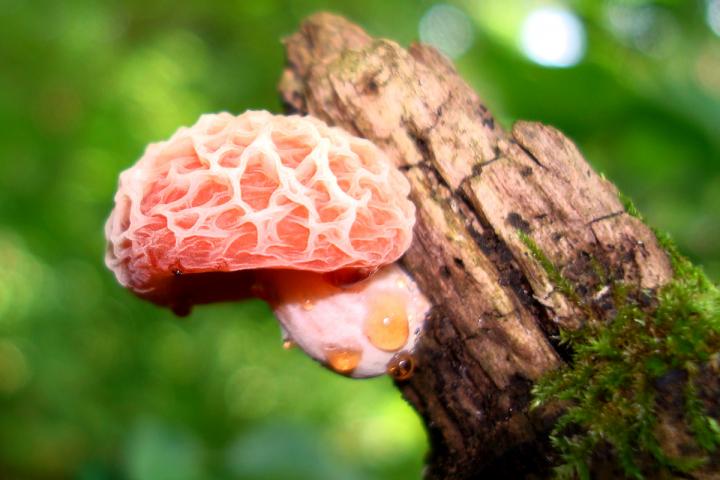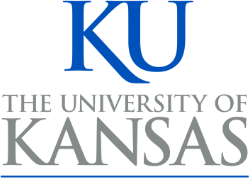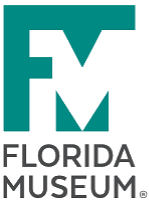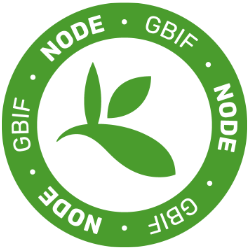
CHAMPAIGN, Ill. -- Some fungi are smelly and coated in mucus. Others have gills that glow in the dark. Some are delicious; others, poisonous. Some spur euphoria when ingested. Some produce antibiotics.
All of these fungi - and hundreds of thousands, if not millions, more - occur in North America. Of those that are known to science, 44,488 appear in a new checklist of North American fungi, published this month in the journal Mycologia.
"This checklist provides the basis for understanding our national mycoflora, which is timely since there is renewed interest in cataloging all North American fungi," said Illinois Natural History Survey mycologist Andrew Miller, who led the effort to compile the data. "Hundreds of citizen scientists are interested in helping with this project."
By conservative estimates, scientists have so far documented less than one-third of all fungi thought to exist in North America, said Miller, who also is an affiliate of the department of plant biology at the University of Illinois at Urbana-Champaign, where the INHS is based.Collaborators on the checklist include Scott Bates, of Purdue University Northwest, and the Macrofungi and Microfungi Collections Consortia.
While thousands of species of fungi were first identified and described from Europe, many North American fungi have evolved and diversified. Others are unique to the continent, Miller said.
"Many fungi in North America have European names, and while they may be related to their European counterparts, they often are genetically distinct," Miller said. "About half of the 44,488 fungi in the new checklist are type specimens, which means they are valid North American taxa."
To compile the checklist, the team searched over 2.2 million records using the Mycology Collections Portal, which includes data from numerous universities, botanical gardens and other institutions. The researchers first built a checklist of all North American fungal species and subspecies, removed those categorized as lichen, then organized the list alphabetically by genus and species.
About 20,000 of the fungi in the checklist are mushrooms; the rest are barely visible with the naked eye and are thus classified as "microfungi," Miller said. These include molds, mildews and rusts, along with species that break down organic matter in the soil.
Some of the microfungi are pathogens, others are useful. Penicillium is best known for the production of penicillin. Microfungi also include yeasts that aid in breadmaking and alcohol production, along with those that contribute to infections like athlete's foot and yeast infections.
The macrofungi can range in size from the barely visible to the colossal, Miller said.
"One of the largest living organisms on the planet is a honey mushroom, Armillaria solidipes," Miller said. "It occurs in the Malheur National Forest in eastern Oregon, where it grows - mostly hidden - underground. It stretches 3.5 miles across, covers an area larger than 1,665 football fields and is believed to be more than 2,400 years old."
Another fungus, the giant puffball, Calvatia gigantea, may contain as many as 7 trillion spores, Miller said.
"If every spore actually germinated and grew into a puffball, the puffballs produced would weigh more than the Earth," he said.
Fungi have co-evolved with plants for millions of years and were instrumental in helping plants transition from aquatic environments onto land, Miller said. They are essential to the cycle of life, breaking down organic matter and converting it back to its fundamental components.
"Although an estimated 1.5-5.1 million species of fungi are believed to exist on Earth, only about 120,000 have been discovered and described," Miller said. "Obviously, we have a lot of work to do to fill in the gaps of our knowledge, but this checklist is a first step to getting our arms around North America's fungi."
###
The INHS is a division of the Prairie Research Institute at the U. of I.
This project was made possible by the National Science Foundation's Advancing Digitization of Biological Collections program, which supports the Macrofungi Collections Consortium and the Microfungi Collections Consortium.
Editor's notes:
To reach Andrew Miller, call 217-244-0439; email amiller7@illinois.edu.
The paper "The protochecklist of North American nonlichenized fungi" is available from the U. of I. News Bureau.
Find another version of this story from Illinois News Bureau.







